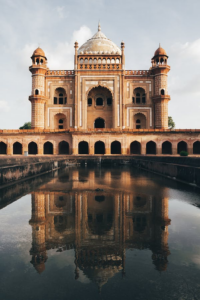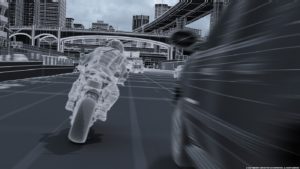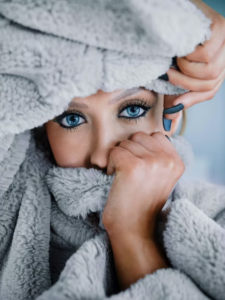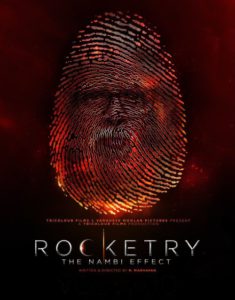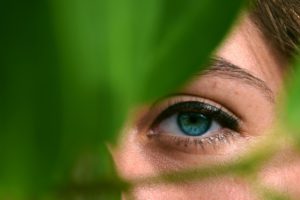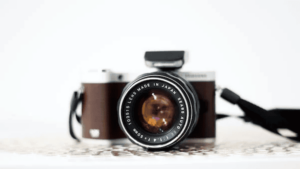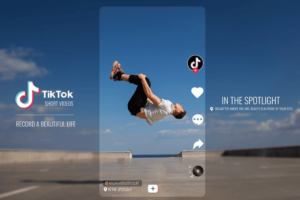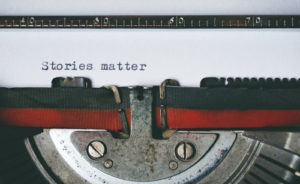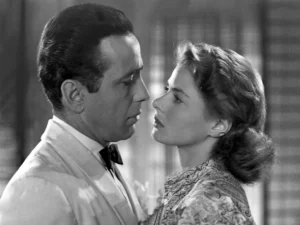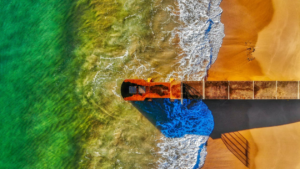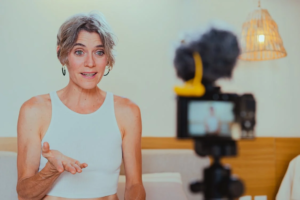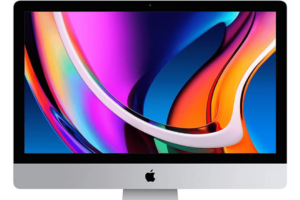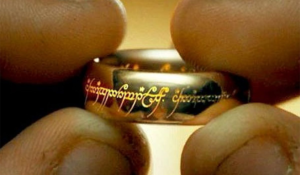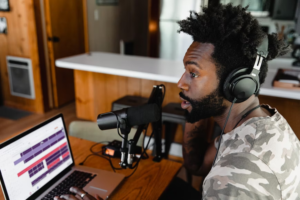A camera movement refers to the way a camera shifts to visually narrate and shape a viewer’s perspective of a scene. In the world of film and video, there are several basic and advanced camera movements that can help enhance your story. When you move a camera a certain way, it can also alter the narrative of the story you’re trying to tell and the delivery of the content you’re presenting. Effective and well-placed camera movements make for a professional-quality final product.
How Is a Camera Movement Useful?
The particular movement of your camera can serve several purposes for your video production, including:
- Creating dynamic scenes: Since the camera is an audience’s eyes on a story, using camera movements can make scenes more interesting, add a naturalistic element to scenes, and mimic human movement. You can even make static scenes seem active with certain camera movements.
- Influencing audiences’ emotional reactions: Camera movements can imitate a person’s view during various circumstances. Shaking the camera during an earthquake scene can convey fear and chaos while swaying on a boat mimics sea-sickness.
- Directing audiences’ attention: Camera movements can obscure audiences’ vision as well as pull audiences away from certain elements on-screen.
- Controlling reveals: Adding camera movements is also a great way to provide narrative information, reveal new subjects that were once offscreen, and even foreshadow or create ironic tension that characters are unaware of.
Types of Camera Movements
Using a variety of camera movements allows you to tailor the way the story is told, parse out information to audiences, and fully immerse them into scenes. Here are many different types of camera movements you can incorporate into your visual stories:
Tilt
When you tilt a camera, you’re shifting the camera’s view up or down without changing its horizontal direction. Though the camera remains stationary, you have control over the angle it’s at. This vertical movement can help you fit more into a single continuous shot. Tilting the camera can also help you reveal an object or person that wasn’t on screen before and add an element of surprise to the scene you’re setting.
Pan
When you pan, you’re moving your camera from left to right or vice versa, all while keeping the camera’s base fixated on a certain point. Though you’re not moving the camera, you’re changing the direction it’s facing and capturing a panoramic view. This movement uses a continuous shot to show the audience what you can’t fit in a single frame.
Panning can help you establish the location of a scene or let you follow a moving character. Panning can also help you reveal things that were previously off-screen. For example, if there’s an uninvited guest in a party scene, you can build up the tension while you pan to reveal their presence as opposed to using a fast cut.
Zoom
Zooming is used to focus on a certain area in the frame and is commonly used to go from a long shot to a close-up of the subject you’re filming. It also lets you zoom out and move farther away from a subject in a shot. There are several ways to use this camera movement creatively, such as zooming in on a fast-moving scene to add more drama and energy or zooming in on a character’s face to emphasize a humorous expression or look of terror. It’s important to use this movement sparingly to minimize distraction or overuse.
Pedestal
With a pedestal movement, the entire camera moves up or down on a pedestal, as opposed to the camera’s angle tilting. Throughout this movement, the camera is fixated on one location, such as on an adjustable tripod. When you “pedestal up,” you’re moving the camera upward. When you “pedestal down,” you’re moving the camera downward. This movement is best used to shoot a tall character or subject. To use it effectively, move the entire camera up or down on a tripod with respect to the subject.
Dolly
With this camera movement, you’re moving the camera toward or away from a subject, often by placing it on a track or motorized vehicle. When you “dolly in,” the camera moves toward the subject, whereas when you “dolly out,” the camera moves backward and away from the subject. Placing it on a stable track can help you move the camera with a fluid range of motion. This type of camera movement is often used to focus on a character when they’re lost in thought or when they’ve come to a sudden realization.
Truck
Like the dolly movement, trucking involves moving a camera along a fixed point, often on a stabilized track, but to the left or right instead of forward or backward. Performing a truck lets the camera stay with a moving subject in the shot. This movement maintains the same distance from your camera to the subject and is most effective when used with a fluid motion track to avoid shaky shooting conditions. Trucking is often used during action sequences when you want to keep the camera on a moving character.
Handheld Shooting
A handheld shot lets you take the camera on the go as you follow the action of a scene. With this camera movement, the operator takes control of the camera and holds it while performing several basic camera movements. As opposed to the stability that comes with being held by a tripod, a camera used with handheld shooting makes for a bouncy shot.
Handheld shooting can help you tell a story in a different way and make your production feel more authentic. To do it effectively, relax your body for greater stability, plan on how you want to end the shot, and get creative about how you hold the camera.
Steadicam, Floating Cam, or Stabilized Shot
A steadicam is a wearable device that gives the shot stability while providing you with the flexibility of a handheld shot. The operator holds the camera mounted to the device while capturing a smooth, flowing shot around a central subject or character. When you perform this camera movement, make sure to use the range of motion you have to your advantage. This shot can be used for a wide variety of purposes, including to follow characters across uneven terrain.
Crane or Jib
A jib is the projecting arm of a crane, but both terms are used to describe this type of shot where the camera is lifted to a high shooting position by a moving crane or jib. The jib extends the camera over an area, letting it move in various directions to get the shot. It’s best used for establishing shots since it helps set the scene.
If you want to take your camera to new heights, use a drone for this camera movement to give you an aerial perspective. This type of camera movement is often used when you want to show a massive crowd or to move up and away from the actors.
Rack Focus
Though rack focus isn’t technically a camera movement, it’s a camera technique that changes the focus from one point to another during a single shot. You start with the focus on one item in the foreground and then quickly shift the focal point on another item in the background, or vice versa. This technique allows you to more subtly shift the audiences’ focus between two characters, such as one standing in front of the other.
Try to incorporate these camera movements in your next visual storytelling project, and experiment with these techniques to improve your overall filmmaking process. Enrolling in Nashville Film Institute’s Cinema Production Diploma program can help you hone your skills and prepare for a career in film, TV, and media production.
